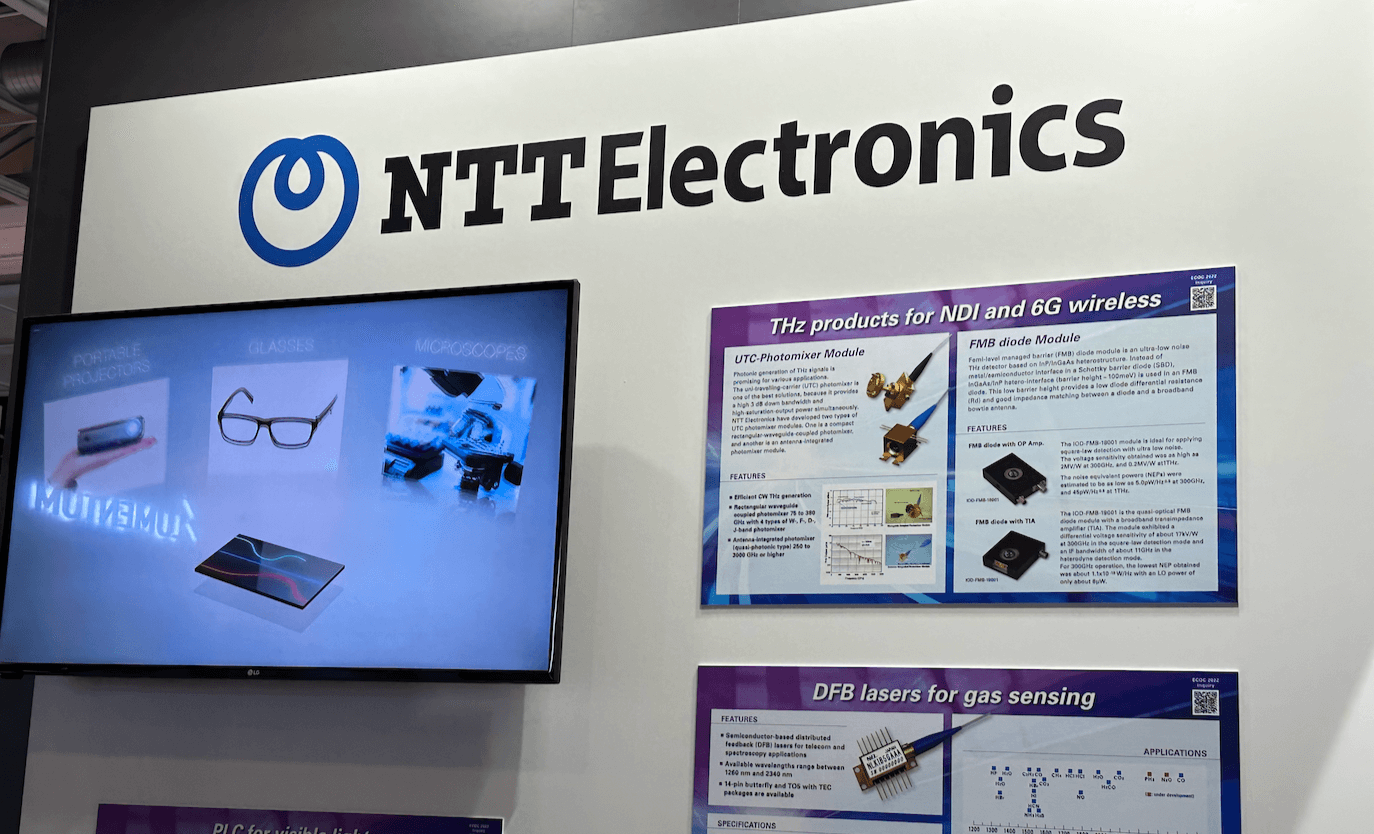OpenLight demonstrated a 224G InP-based modulator available for Tower's PH18DA platform for datacom applications supporting 224G per wavelength
The new 224G modulator is integrated on a demonstration PIC with a heterogeneous integrated laser and other required silicon photonics components to enable a full transmitter.
"This new modulator doubles the speed of every PIC," said Dr. Adam Carter, Chief Executive Officer at OpenLight. "For instance, our 800G DR8 PIC which was recently announced can become a 1.6T PIC (8x200G). Alternatively, a 400G DR4 PIC can now deliver 800G with four lanes. Our latest offering allows datacom customers to not only prepare for the future, but also keep up with the growing need for increased connectivity speeds."
"Our partnership with OpenLight continues to augment capability offered to all our silicon photonics foundry customers," said Dr. Marco Racanelli, Senior Vice President and General Manager of Tower Semiconductor's Analog Business Unit. "OpenLight's technology through Tower Semiconductor allows customers to achieve 224G operation on a silicon photonics platform and achieve the same benefits offered by on-chip lasers and optical gain without the need for separate lasers and costly attachment methods."
"200G modulation is a key building block and critical path to the delivery of next generation Ethernet speeds based upon 200G/lane," said Jim Theodoras, Vice President of Research and Development at HGGenuine USA. "This is not just a 200G modulator, but one that is available in a hybrid photonic integrated circuit. Next generation Ethernet cannot be delivered at the power and densities being requested by datacom customers without photonic integrated circuits, and we are happy to partner with OpenLight on their industry leading PIC technology that will enable not just 1.6T today, but also 3.2T in the near future."




















